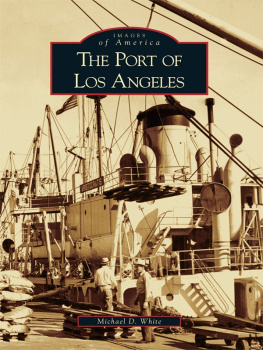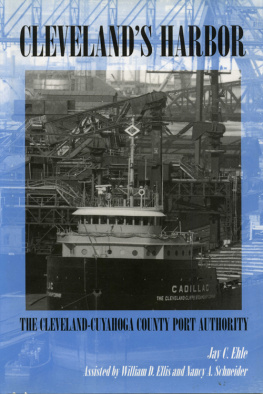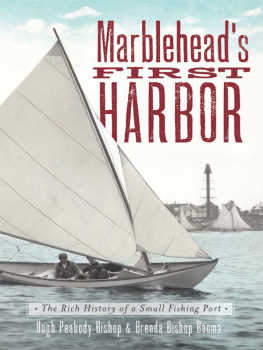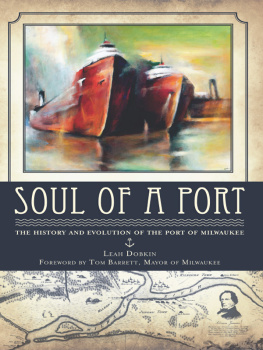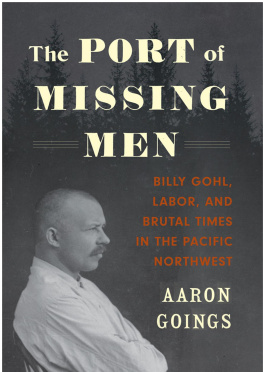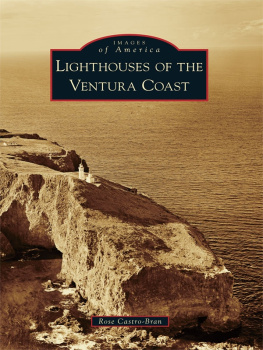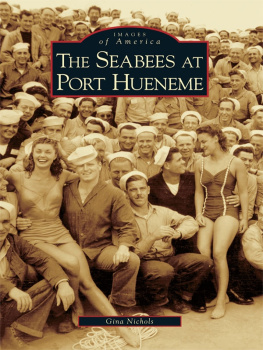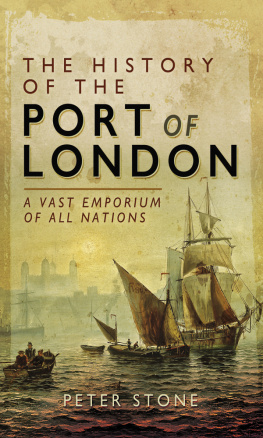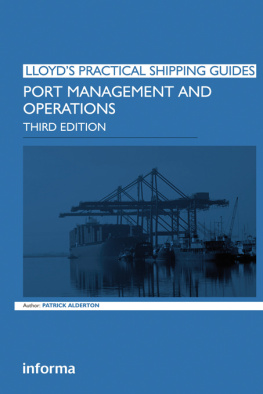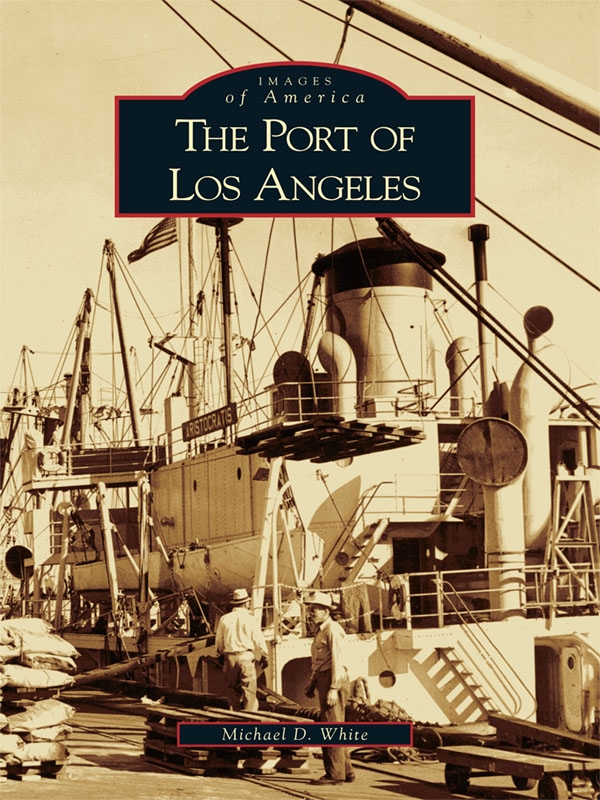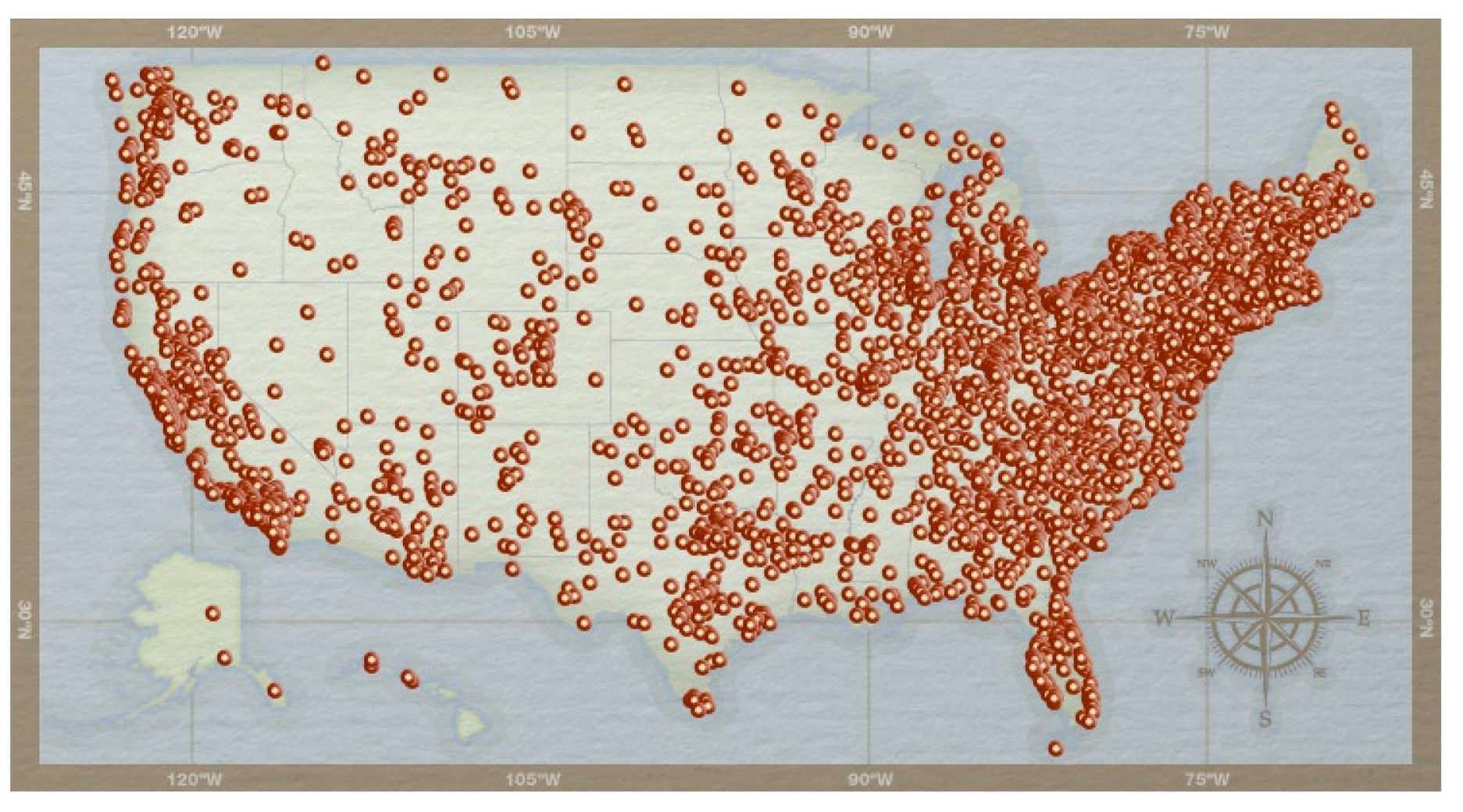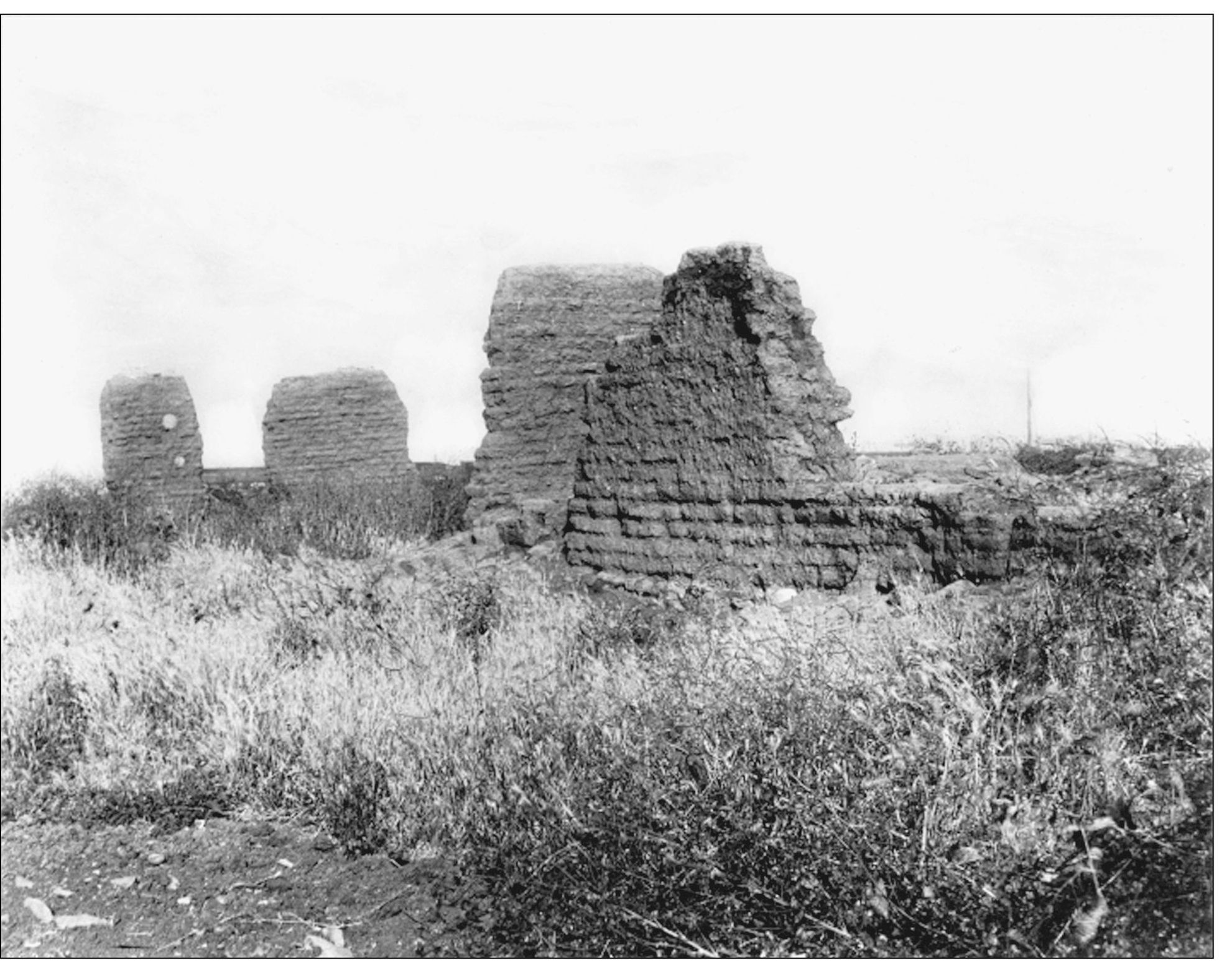Many people had a hand in helping make this work a reality and have my heartfelt thanks for their assistance. While its impossible to thank everyone who generously offered their help, I want to single out the reference staffs of the Burbank Public Library, the Glendale Public Library, the Pasadena Public Library, the Los Angeles Public Library, and the staff of the graphics department at Azusa Pacific University for special thanks.
I especially want to extend my sincere appreciation to the following individuals for their patience, generosity, and help in providing access to photographs, printed materials, and, above all, expert advice for this book: Julia Nagano and Jim Holdaway of the Port of Los Angeles, San Pedro, California; Dr. William O. Hendricks and Jill Thrasher of the Sherman Library in Corona del Mar, California; Tim Thomas of the Monterey Maritime and History Museum, Monterey, California; Jeff Hull and Gabrielle Pratto of the Matson Navigation Company, San Francisco, California; Dace Taube of the University of Southern California, Los Angeles, California; John Lockwood and Jason Dailey of Todd Pacific, Seattle, Washington; Don Norton and Greg Peters of the Pacific Harbor Line, Wilmington, California; Bill Dahlquist of the Los Angeles Fire Department Museum, Los Angeles, California; Melissa Lew of the Newport Harbor Nautical Museum, Newport Beach, California; and Doug Cole of NYK Line, Secaucus, New Jersey.
My heartfelt thanks also go to Jerry Roberts, Scott Davis, and Ariel Richardson of Arcadia Publishing and to everyone in my family, particularly my wife, Pam, for their patience and understanding during the course of this project.
BIBLIOGRAPHY
Benson, Howard M. Steamships and Motorships of the West Coast . Seattle, WA: Superior Publishing Company, 1968.
Cleland, Robert Glass. The Cattle on a Thousand Hills . San Marino, CA: Huntington Library, 1949.
Deverall, William. Railroad Crossing: Californians and the Railroad 18501910 . Berkeley, CA: University of California Press, 1994.
Furita, R. and Y. Hirai. A Short History of the Japanese Merchant Marine . Tokyo, Japan: Tokyo News Service Ltd., 1961.
Gibbs, Jim. Pacific Square Riggers . New York, NY: Bonanza Books, 1959.
Krieger, Michael. Where Rails Meet the Sea . New York, NY: Metro Books, 1998.
Los Angeles Harbor Department. The Port of Los Angeles: From Wilderness to World Port. Los Angeles, CA: Los Angeles Harbor Department, 1983.
Marquez, Ernest. Port Los Angeles . San Marino, CA: Golden West Books, 1975.
Newell, Gordon and Joe Williamson. Pacific Lumber Ships . New York, NY: Bonanza Books, 1960.
OFlaherty, Joseph S. Those Powerful Years: The South Coast and Los Angeles 18871917 . Los Angeles, CA: The Historical Society of Southern California, 1972.
Quenan, Charles F. Long Beach and Los Angeles: A Tale of Two Ports . Northridge, CA: Windsor Publications, 1986.
Spalding, William Andrew. History and Reminiscences: Los Angeles City and County . Los Angeles, CA: J. R. Finnell and Sons Publishing Company, 1931.
Stindt, Fred A. Matsons Century of Ships . San Francisco, CA: privately published, 1982.
Tate, E. Mowbray. Transpacific Steam . Cranbury, NJ: Cornwall Books, 1986.
Vickery, Charles. Harbor Heritage: Tales of the Harbor Area of Los Angeles, California . Los Angeles, CA: Authors Book Company, 1979.
Find more books like this at
www.imagesofamerica.com
Search for your hometown history, your old
stomping grounds, and even your favorite sports team.
One
THE AMAZING MR. BANNING
For generations, the economy of the Spanish imperial backwater that was Southern California centered around the Mission San Gabriel, about 40 miles inland, and the ubiquitous cattle herds that covered the landscape providing the tallow and hidesknown as California greenbacksthat formed the lifes blood of the regions trade activity.
In 1821, Spain ceded California to Mexico, and over the coming three decades, the hide and tallow trade flourished with regular visits by Yankee sailing ships to a lone hide house on the cliffs overlooking what is now the ports Main Channel.
Priced at $2 each, the stinking hides were processed and stacked into the ships fetid holds and carried back around Cape Horn to tanneries in New England, where they were transformed into boots, belts, shoes, and animal harnesses.
In a story with a full cast of memorable characters, perhaps the most intriguing and compelling is Phineas Banning, the transplanted New Englander who arrived in San Pedro in 1851 at the age of 19, whose entrepreneurial vision and drive would later earn him the title Father of Los Angeles Harbor.
Over the following 35 years, the hulking, largely self-educated Banning exercised a keen nose for business by spawning a series of ventures that would not only expand his own entrepreneurial horizons but also lay the foundation for the development of the harbor into a truly world-class port.
Bannings first venture was a local passenger and freight hauling network that eventually linked his wharf with points in five Western states.
California state senator Phineas Banning introduced the first railroad bill in Sacramento in 1867 and later lobbied to have the U.S. Congress fund the first dredging of the harbors Main Channel and the construction of its first breakwater.
In 1869, the transplanted Yankee oversaw the construction of a rail line linking the harbor at San Pedro and the burgeoning town of Los Angelesa 21-mile stretch of track comprising the first railroad in Southern California.
In 1885, the year Banning died, the port moved more than 50,000 tons of lumber, coal, manufactured goods, agricultural products, and other goods across the wharves he was largely responsible for building.
HIDE HOUSE, 1823. San Pedros first warehouse was built on what is now the parade ground of Fort MacArthur on the bluff overlooking the harbors Main Channel. By the end of the 1800s, all that remained of the structure were the weed-choked ruins seen in this image taken some 70 years after it was built. (Courtesy of the Title Insurance and Trust Collection, University of Southern California . )
RICHARD HENRY DANA, 1835. In poor health, the inexperienced 19-year-old Richard Henry Dana dropped out of Harvard University and signed on to serve as a common seaman aboard the Yankee brig Pilgrim . The ship, owned by the Boston shipping firm of Bryant and Sturgis, sailed for California via Cape Horn to San Pedro, where the ship would load cattle hides and tallow for the return trip to New England. The crew of the Pilgrim was tasked with hauling the reeking cargo by hand from the hide house on the bluff overlooking the harbor down to small boats, which were then rowed out to the waiting brig. Dana chronicled the voyage and his labors in his classic book Two Years Before the Mast and was not altogether thrilled with his visit to what he called the hell of Southern California. (Authors collection.)

